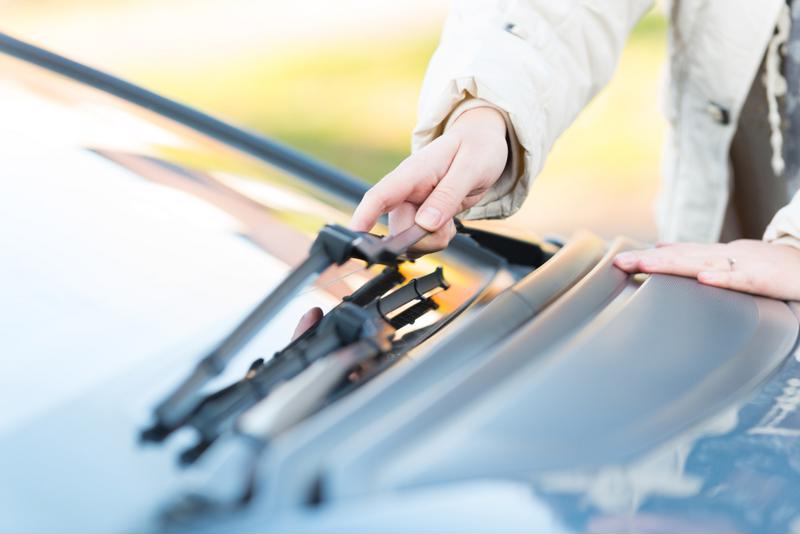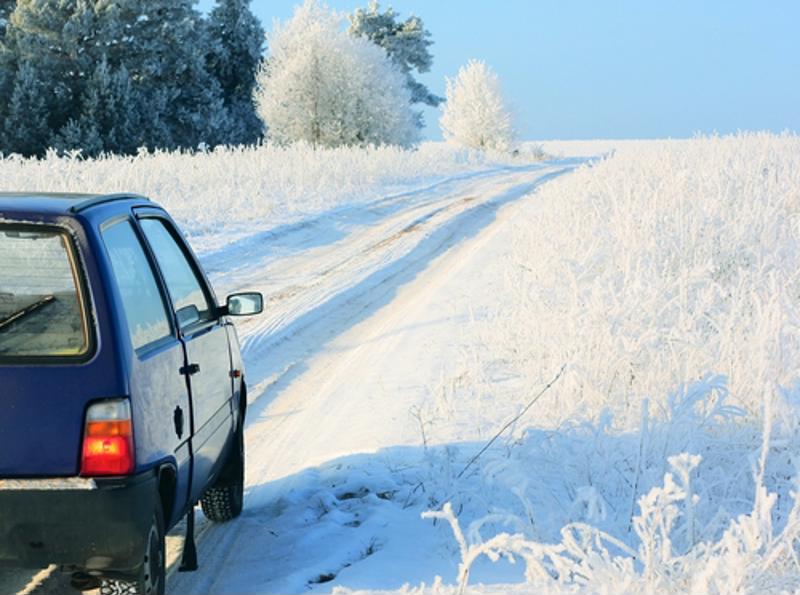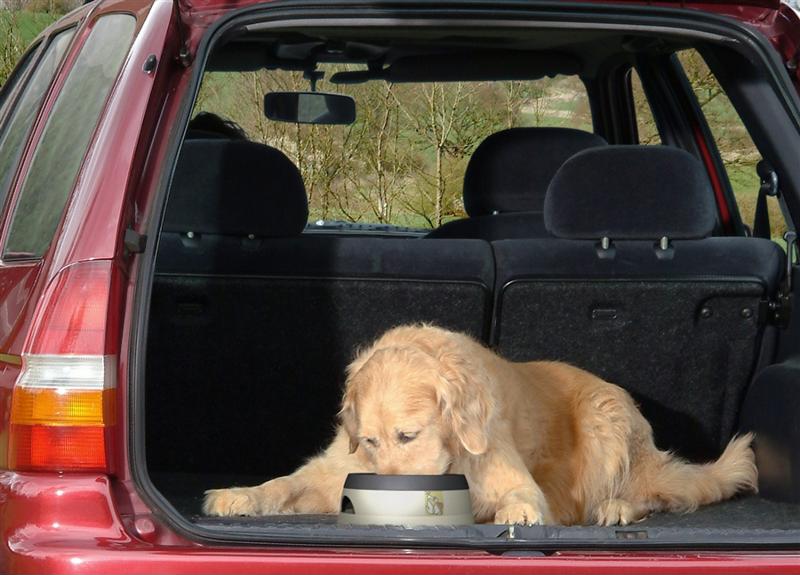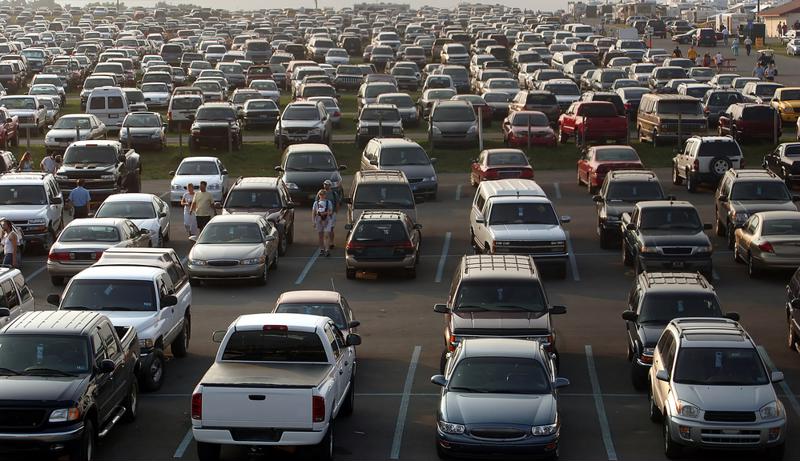Unfortunately, owning a car can be pretty pricey. Having insurance, filling it with gas and keeping it in great shape throughout the year all come with an expense and sometimes, the rates aren't exactly reasonable. Although some car maintenance needs the craft and skill of a car mechanic, there are actually quite a few ways to keep your car maintained on your own. Giving your vehicle routine maintenance checks is extremely important, but it shouldn't have to cost you an arm and a leg.
Here are five easy car maintenance services you can handle on your own.
1. Checking the tire pressure
Edmunds said this maintenance routine is usually combined with another service at the mechanic's, but the task alone can cost an estimated $22-$30. You can save yourself 100 percent of that money by taking your car to a gas station and filling your own tires, where air is usually free of charge or only costs a few cents. You only have to worry about checking your tire pressure once a month and it takes about 15 minutes.
2. Replacing the windshield wipers
If you've ever taken your car to the shop and they've offered to put in new windshield wipers with no installation fee, it probably came with the catch of only having one option for wipers – that being the very expensive one. According to Money Crashers, this maintenance service can cost between $10 and $20 if you do it yourself. The set up can vary between different cars, so make sure to follow your owner's manual. Replacing your windshield wipers can be as easy as lifting the old blades, pushing the removal tab and attaching the new blades to the metal arms.
 Replacing your own windshield wipers can be a simple, inexpensive task.
Replacing your own windshield wipers can be a simple, inexpensive task.
3. Replacing your bulbs and fuses
Depending on the make and model of your car, Edmunds said this maintenance service can cost anywhere between $17 and $132 if you go to a mechanic. Save yourself the trouble of stressing out over this high-cost task and head to the nearest automotive parts store and buy them for a fraction of the cost. All you'll need is 30 minutes of your time and a screw driver. Read the electrical chart in your owner's manual to find the correct fuse you're replacing.
"Changing your own air filter will only cost about $15."
4. Changing the air filter
Don't waste your precious hours waiting around at the mechanics to get your air filter replaced. U.S. News said changing the air filter in your car will only cost you about $15 and 10 minutes of your time. Simply pop open the hood and locate the air filter. When removing the old one, make sure nothing fall into the bottom of the filter box. Insert the new filter, close the case, secure the nuts and you'll be all set.
5. Checking the battery connection
You may not think about this maintenance service very often, but making sure your battery connection is operating properly is extremely crucial, especially with the winter months approaching. There's no need to schedule an appointment with a mechanic only to be waiting an hour for him to make sure your battery is maintained. U.S. News said If you do it yourself, it will only cost $5 dollars and will take about 20 minutes to complete. Start by removing the negative cables of your battery first, followed by the positive cables. Next, clean the posts and battery terminals using a $5 wire brush and a mixture of baking soda and water. Rinse the cleaning fluid with water, dry with a rag and re-install the battery terminals by starting with the positive cables.
Taking care of a car doesn't have to be a hassle and neither does purchasing a new car. If you're ready to invest in a high-quality used vehicle, check out NJ State Auto Junction.





 Always prepare yourself for your commute if you know the roads will be slick.
Always prepare yourself for your commute if you know the roads will be slick. 
 Winter tires have maximized traction to help keep you stable on the roads.
Winter tires have maximized traction to help keep you stable on the roads.
 Drive the speed limit at all times to avoid burning gas too quickly.
Drive the speed limit at all times to avoid burning gas too quickly.

 An SUV is great for traveling with large dogs.
An SUV is great for traveling with large dogs. 
 Make sure to put a snow brush and ice scraper in your car before the first snow.
Make sure to put a snow brush and ice scraper in your car before the first snow. 

 When it comes to parking on Black Friday, patience is a virtue.
When it comes to parking on Black Friday, patience is a virtue.
 Having multiple credit cards open at once can drop your credit score.
Having multiple credit cards open at once can drop your credit score.